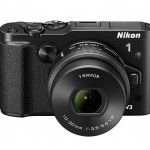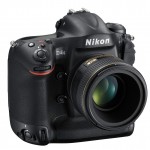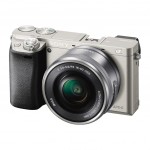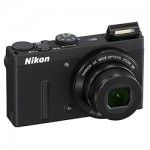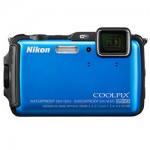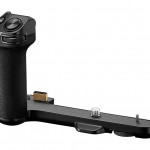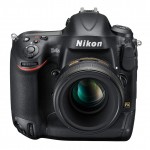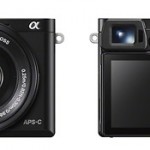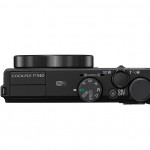i have a nikon n80. my two lenses are a nikon 50mm f/1.8D and a nikon 28-100 3.5/5.6G.
im looking to experiment with macro photography, but can't afford a true macro lens just yet. what converters, etc. would you recommend me trying?
right now i was looking at the cheapo macro lens adapter option.
what would you recommend. as specific as you can be would be great. thanks!



 LinkBack URL
LinkBack URL About LinkBacks
About LinkBacks



 Reply With Quote
Reply With Quote
